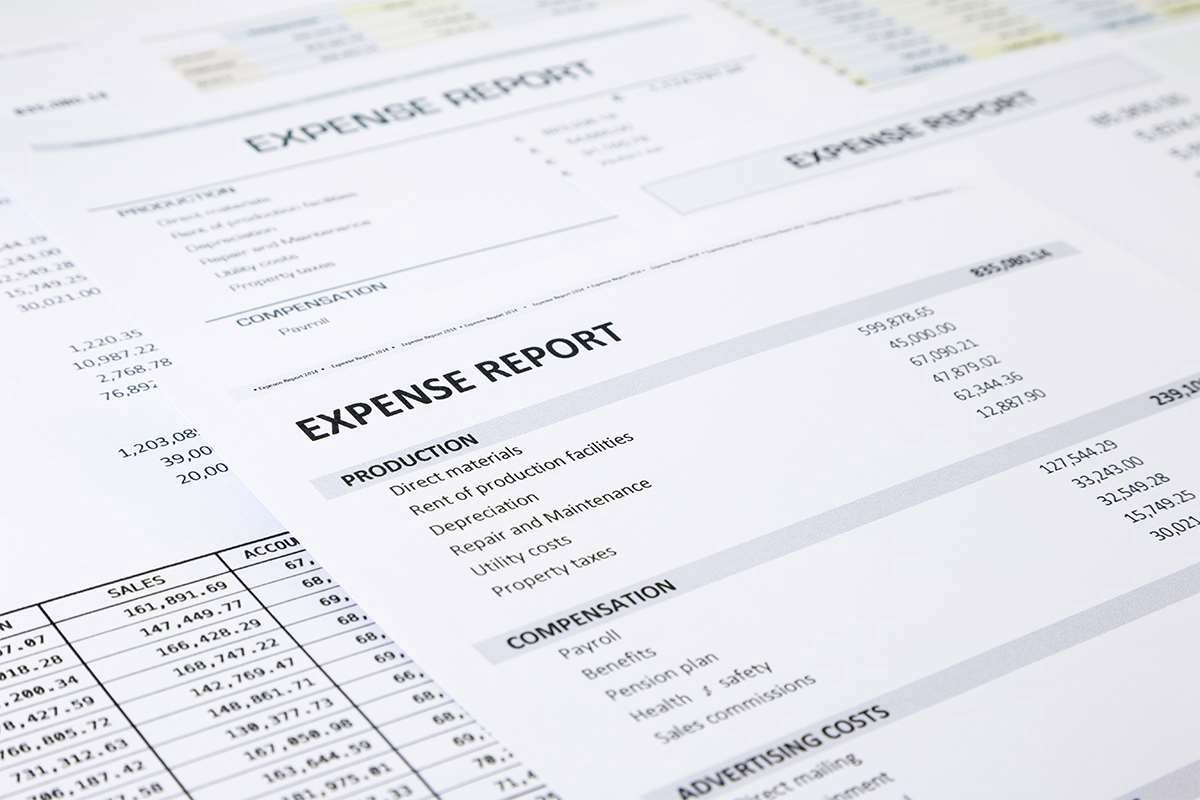
Paying your bills on time will ensure that you are avoiding any possible late fees, which is just an additional and unnecessary expense for your restaurant. Menu engineering is critical in analyzing the profitability of each menu item based on its ingredients cost, preparation time, and popularity. Regular cost analysis enables restaurant accountants to identify high-margin items, adjust pricing strategies, and eliminate underperforming dishes. This process enhances overall profitability and guides menu development to align with financial objectives. Effective cash flow management involves monitoring cash inflows and outflows, optimizing payment terms with suppliers, and forecasting future cash needs.

The cost of preparing the item on the menu is divided by the total revenue from the item. Payroll in the restaurant industry can be challenging as tracking employee hours is complex. Multiple wages and staff positions are the norms in the restaurant industry, and the ability to accommodate different rates is vital. Whether running a small bakery or a fine dining restaurant, you need a POS system for cash management, sending or printing receipts, inventory management, order management, and back-office reporting.
Using Sales Data for Strategy
With different pay rates, irregular work hours, and multi-positions, calculating restaurant payroll can be a pain. We recommend outsourcing the payroll job or use payroll software to do the hard work for you. It’s important to keep regular tabs on your restaurant’s P&L each month, quarter and year.

For this step, it can be helpful to hire a bookkeeper to do this for you so you can focus on other parts of your business. Just like keeping track of orders, oven temperatures, and the right amount of salt, you have several things to track when doing accounting for your restaurant. From an accounting perspective, I think Gusto has one of the best general ledger QuickBooks imports of all the payroll providers. Once you have a sales summary you should set up a daily sales journal entry and create a memorized transaction in QuickBooks. When investing in ads, you want to make sure you have the most effective ad copy and visuals as possible. It may be worth the money to enlist a professional to create the kind of polished ads most likely to get results.
Reconcile Your Bookkeeping with your Bank Accounts Frequently
As an incentive for restaurants to report employee tips collected on the employee’s W-2, restaurants can claim a tax credit on their tax return equal to 7.65% of tips reported by employees. Essentially, this is a refund of the employer’s portion of payroll taxes on reported tips. When a non-restaurant business sells its inventory, you debit the expense account cost of goods sold and credit inventory.
- Put simply, prime costs is the sum of your restaurant’s costs to sell its food, drinks and products—your COGS as mentioned above—plus the labor costs of your salaried and casual staff.
- An expert accountant frees you of the burden of complex financial analysis and monotonous daily tasks that would distract your focus from managing restaurant operations.
- Regularly brainstorming restaurant marketing ideas should be built into your workflow.
- A chart of accounts makes it easier to locate specific accounts to identify trends, generate accurate financial statements, and make improvements.
- Instead of recognizing revenue and expenses when cash changes hands, accrual accounting matches revenue and expenses when they’re incurred.
Inventory turnover for most restaurants should be very high because you’re keeping the food fresh. “The food is normally purchased on a weekly basis and many times more than once per week depending on the types of food being sold in the restaurant. Most restaurants would have an inventory turnover of times for food and times for beverages,” restaurant bookkeeping he said. So it’s understandable if ‘the other stuff’ in the business—like accounting and bookkeeping—doesn’t get you as motivated as your big passion. POS technology allows you to see your financial performance in real-time. At any given moment, you peek at your sales-to-labor ratio or determine if sales are meeting historical averages.
Maintain a Spreadsheet With Daily Sales
So, take extra care to ensure you always have the correct amount on hand when your tax bill comes due. Cash accounting doesn’t recognize accounts payable, or bills you owe but have not yet paid. It’s normal for even popular restaurants to eke out razor-thin profit margins, making it even harder for the industry to bounce back from setbacks caused by pandemics or economic downturns. Restaurants need to keep a hawkish eye on their financial indicators and regularly adjust their spending to stay in the black. When you throw out food that’s gone bad, you should note it in your accounting records by debiting a spoilage expense account and crediting an inventory account.
- By keeping detailed records of costs and revenue, you can build a strong foundation for making informed business decisions.
- You can upload your invoices to these services and they will code them by item to your various COGS and expense accounts.
- Ideally, labor costs should take up less than 30 percent of the revenue according to industry standard.
- By performing these tasks, restaurant accountants or bookkeepers should be able to offer advice on reducing food and overhead costs so that the restaurant can make the most out of its profit margin.
- Reconciling accounts involves comparing your business bank statements, credit card statements, and other financial accounts against your records.
